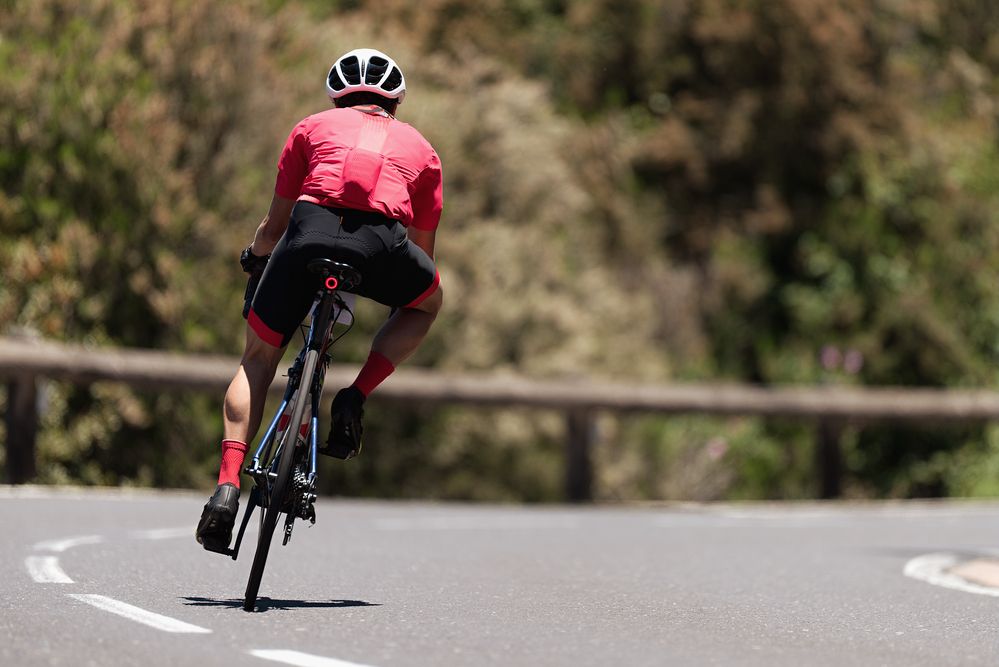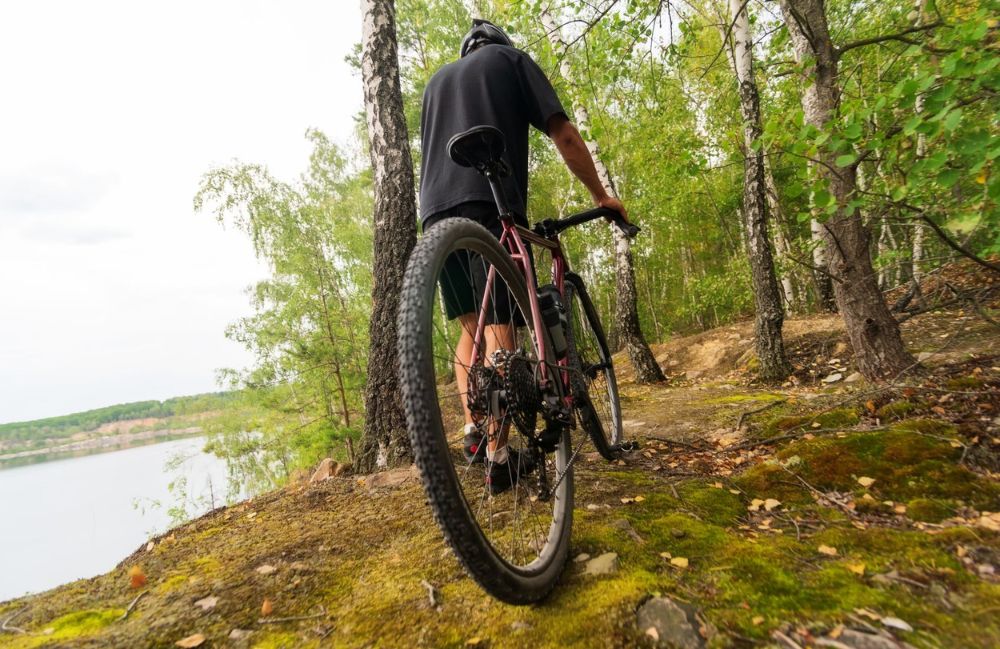The pandemic cost us an hour of exercise per week
In a study published in February 2021, researchers used an activity-tracking app to look at the exercise habits of nearly 5,400 people in the UK since the start of the pandemic. By the first full week of lockdown, people dropped their physical activity by 57 minutes compared to their baseline. This represents a 37% reduction!
Once the pandemic restrictions were eased, only people older than 65 appeared to bounce back well with their physical activity. Researchers were looking at walking, cycling, and running, which means that not every cyclist had an easy time returning to their hobby.

Reconnect with your cycling community
One of the most effective things you can do to kick-start your training and cycling life overall is to reconnect with your community. This could be your cycling friends but also local cycling groups and clubs or your Strava and other virtual communities. There are several ways to do that.
Organize or join group rides – invite your friends for a ride or join a ride that’s organized by your local group. Complaining about how much your legs hurt at a coffee stop while eating a cake is guaranteed fun!
Plan a cycling holiday – get your family or friends excited about a themed holiday or make new friends by joining someone else’s. It’s a great way to kick-start your cycling fitness.
Sign up for a race – there’s nothing better that creates a shared sense of excitement and bonding like signing up for the same race with your friends and plotting training strategies.
Join a virtual event – even though lockdowns are gone, virtual events could still be a fun way to share the joy of cycling with others.
Make cycling fun

Now that you reconnected with your cycling community, you also need to reconnect with your love of the sport. The key to sticking with any activity long term is identifying why you enjoy it. With cycling, it can be easy to get distracted by trying to improve your times, testing new gear or racing. Don’t focus on tracking, measuring or having the right gear on the first few rides. You should start by doing whatever it is that made you fall in love with cycling. There’s no right or wrong here. Whether it’s road, mountain, adventure, track, utility, triathlon, park, gravel, trail or any other of the million ways to enjoy those two wheels, just do it!
Go cycling in nature
There might be one thing that could enhance your cycling experience no matter the preference. It’s cycling in nature. Research shows that just being in nature, in the outdoors, has a lot of benefits for improving physical and mental health. A 2019 study found that spending at least 120 minutes per week in a natural environment such as a park, a forest or a beach was linked to significant improvement in self-reported health and well-being. And people noticed even greater benefits with 200-300 minutes per week.
Gradually increase training load
It seems obvious but it’s still really important to say that after so much time off from exercising, don’t expect to jump back in where you were before the lockdowns. It’s important to be realistic with your expectations so that you don’t end up pushing your body too hard and injuring yourself or get frustrated and give up completely. You can follow a few simple general rules if you’re not sure where to start.

Resume your physical activity at 25-50% of the level you were previously used to. That includes both time and intensity. The specific percentage depends on how fit you kept during the lockdowns. It might even be higher than 50% if you did a lot of Zwifting.
The initial “fun only” segment should give you some volume and help get your body used to spending time in the saddle again. But when it’s time to start increasing the intensity, you have to be careful.
Increase training time and intensity only by about 10-15% each week. That’s a good guideline to avoid injury. Some cyclists might have to go down to 10% every 2 weeks if it seems like too much. You have to listen to your body.
While you’re increasing your training load, you should also start giving your body more care. If you get stiff and sore more than usual, add some cross training. Pilates or yoga can help with flexibility and mobility. And consider strength training regularly 1-2 per week. That’s one of the best injury-prevention tools there are.

Get back into your routine
Once you get back into your routine, it’s time to start thinking about a training plan again. If you’ve never trained with a plan and want to get in shape for your first 50k, then you can follow our 8-week plan right here.
If you’re more experienced, you can build your own training plan. Here are a few tips for that. Alternatively, you can connect with a coach and get someone with more experience and an objective view of your fitness to help you get the most out of your training.
Track your progress
With a training plan or a solid routine in place, it’s time to start getting back to tracking your progress. Maybe you’ve been riding with your Garmin the whole time and synchronizing all your rides to Strava. Or maybe you will start doing that with week 1 of your new training plan. Either way, looking back at your previous times and power outputs will be an extra source of motivation and satisfaction going forward.
Getting back to training after a long layoff is a valuable experience for every cyclist. We hope that there won’t be more lockdowns any time soon. But it’s better to be prepared!




